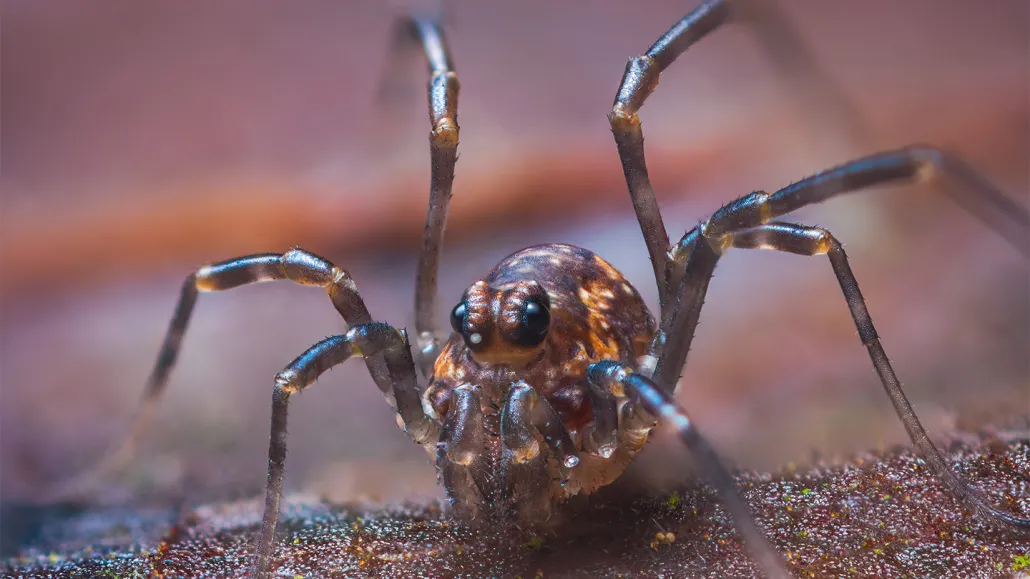
Despite its two-eyed appearance, Phalangium opilio has six peepers. The four extra eyes — leftovers of evolution — shed light on the evolutionary history of daddy longlegs.
ljphoto7/iStock/Getty Images Plus

Despite its two-eyed appearance, Phalangium opilio has six peepers. The four extra eyes — leftovers of evolution — shed light on the evolutionary history of daddy longlegs.
ljphoto7/iStock/Getty Images Plus